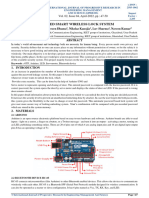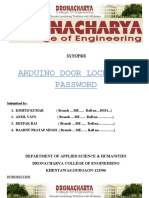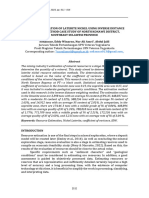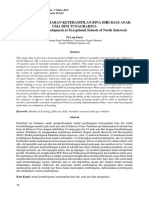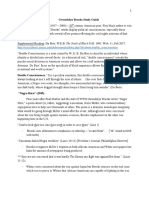0% found this document useful (0 votes)
176 views10 pagesCreating A Smart Door Lock System With Arduino
This document describes how to create a smart door lock system using an Arduino board. Key aspects include using a servo or stepper motor controlled by the Arduino to lock and unlock the door. The system allows for customization of features, enhanced security, and convenience. It is cost-effective to build your own system and provides a hands-on learning experience.
Uploaded by
vivekdhanisetti2005Copyright
© © All Rights Reserved
We take content rights seriously. If you suspect this is your content, claim it here.
Available Formats
Download as PPTX, PDF, TXT or read online on Scribd
0% found this document useful (0 votes)
176 views10 pagesCreating A Smart Door Lock System With Arduino
This document describes how to create a smart door lock system using an Arduino board. Key aspects include using a servo or stepper motor controlled by the Arduino to lock and unlock the door. The system allows for customization of features, enhanced security, and convenience. It is cost-effective to build your own system and provides a hands-on learning experience.
Uploaded by
vivekdhanisetti2005Copyright
© © All Rights Reserved
We take content rights seriously. If you suspect this is your content, claim it here.
Available Formats
Download as PPTX, PDF, TXT or read online on Scribd
/ 10







